S'sonic
Stealth
Menu
A free template by Lucknowwebs.com for WYSIWYG WebBuilder 8
Powered by Sispro1-S
Nigel G Wilcox
Paragon Of Space Publication
© Copyright Reserved - United Kingdom
Ideal Screen Composition 1024 x 768
SITEMAP
PSEUDO SCIENCE
SCIENCE RESEARCH
ABOUT
Desk
Supersonic
Stealth
Study
Menu
MAIN INDEX
Fastest Air Planes
Space
Transport
Menu
http://military.wikia.com/wiki/SEPECAT_Jaguar?file=Cockpit_of_Jaguar_GR.3A.jpg
Westland Lynx
The Westland Lynx is a British multi-purpose military helicopter designed and built by Westland Helicopters at its factory in Yeovil. Originally intended as a utility craft for both civil and naval usage, military interest led to the development of both battlefield and naval variants. The Lynx went into operational usage in 1977 and was later adopted by the armed forces of over a dozen nations, primarily serving in the battlefield utility, anti-armour, search and rescue and anti-submarine warfare roles.
Maximum speed: 324 km/h (201.32 mph) Maiden flight: 21 Mar 1971 Length: 50.00 ft Wingspan: 41.99 ft Passengers: 22
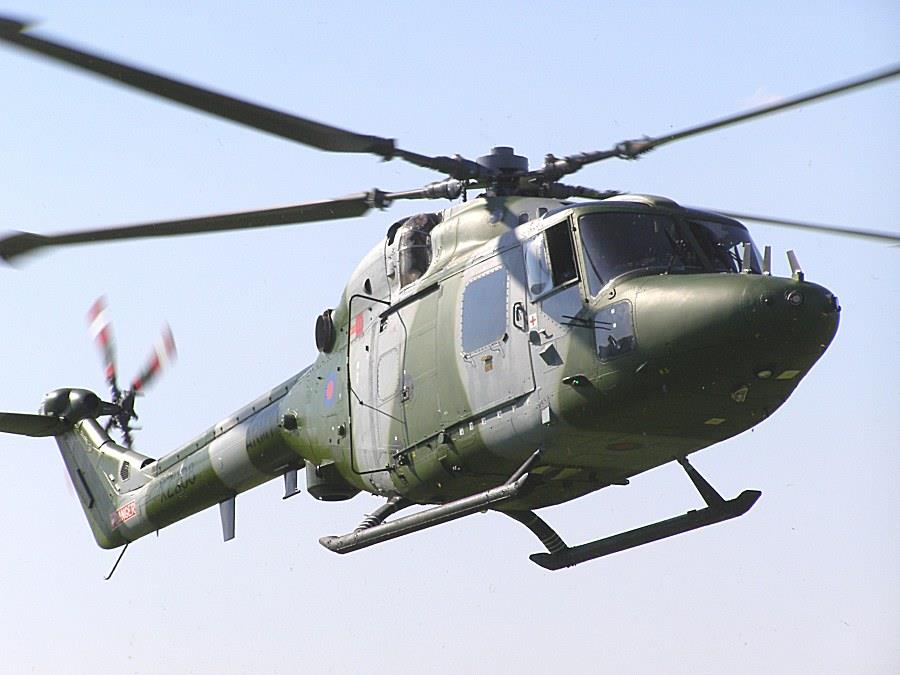
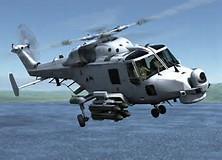
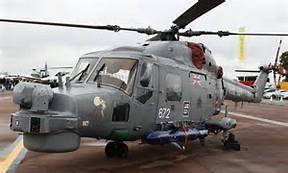
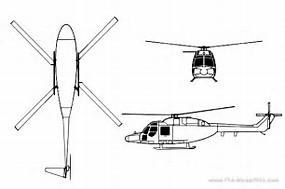
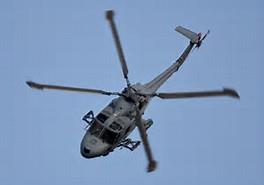
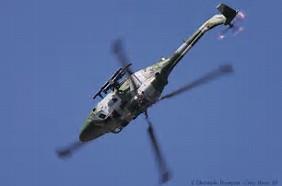


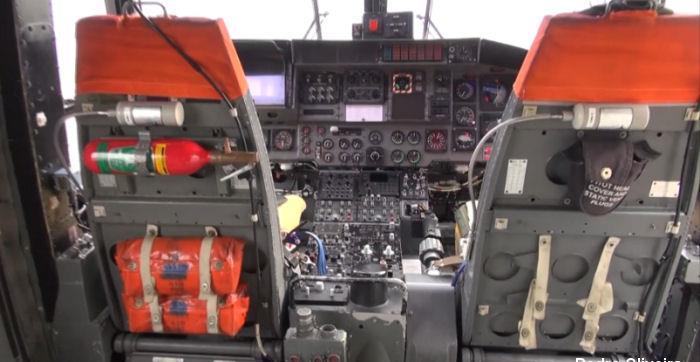
General characteristics
Crew: 2 or 3
Capacity: 8 troops
Payload: 1,480 kg[161] (Brochure)
Length: 15.241 m (50 ft)
Rotor diameter: 12.80 m (42 ft)
Height: 3.734 m for mk7; 3.785 m for mk9 (12.25 ft for mk7; 12.41 ft for mk9)
Disc area: 128.71 m² (1,385 ft²)
Empty weight: 3,291 kg (7,255 lb)
Max. takeoff weight: 5,330 kg (11,750 lb)
Powerplant: 2 × Rolls-Royce Gem turboshaft, 835 kW (1,120 shp) each
Performance
Maximum speed: 324 km/h (201 mph)
Range: 528 km (328 miles) with standard tanks
Armament
Naval: 2 x torpedoes or 4x Sea Skua missiles or 2 x depth charges
Attack: 2 x 20mm cannons, 2 x 70mm rocket pods CRV7, 8 x TOW ATGM
General: 7.62mm General Purpose Machine Guns (AH.7 and AH.9), Browning AN/M3M .50 calibre heavy machine gun (HAS.3 and HMA.8)
Role: Multi-purpose military helicopter
National origin: United Kingdom
Manufacturer: Westland Helicopters
AgustaWestland
First flight: 21 March 1971
Introduction: 1978
Retired: Royal Navy: 2017
Status: In service
Primary users: British Army
Royal Navy (historical)
German Navy
Produced: 1978-present
Number built 450 (as of 2009)
Variants: AgustaWestland AW159 Wildcat
Developed into: Westland 30
For a number of years, Westland manufactured anglicized Sikorsky-designed helicopters under license, usually with substantial modifications, but it was not until after the amalgamation of the British helicopter industry in 1959-61 that any original projects reached the hardware stage. In 1964, the Yeovil division began designing a family of military helicopters using the WG prefix, and the 13th model was based on the need to replace the Scout and Wasp used by the British forces, and to offer an alternative to the American Bell Huey, with more advanced technology.
Many components were clearly inspired by the success of the Scout and Wasp but the rotor, for example, was completely new, being of the semi-rigid type with blades of constant chord and cambered section. With these characteristics, it was possible to achieve very high tip speeds, as well as enhancing lift and reducing drag. The construction of the rotor blades was also technologically advanced, in that they had a honeycomb core and made extensive use of modern materials. The result was an aircraft which was up-to-date in terms of design and easier to maintain than comparable American aircraft. Thus it was Westland's strongest proposal for an agreement signed with Sud-Aviation in 1968.
The first Westland WG.13 was ready for flight testing on 21 March 1971 - rather later than foreseen. It was followed by four more aircraft in two basic configurations: the AH Mk.1 for the Army and the HAS Mk.2 for the Navy.
The Lynx demonstrated its capabilities by the records achieved in the summer of 1972. Piloted by Westland's chief test pilot Roy Moxam, it broke the world record over 15/25km by flying at 321.74km/h, also setting a new 100km closed circuit record shortly afterwards by flying at 318.504km/h.
The British Army ordered over 100 Lynx AH.1 for a variety of roles, from tactical transport to armed escort, antitank warfare (with eight TOW missiles), reconnaissance and casualty evacuation. A Marconi Elliott AFCS system is fitted to the Army's version of the Lynx, which gives automatic stabilization on three axes and can also be used as an autopilot during extended flights. The naval version, unlike the ground-based version with skid landing gear, has a non-retractable quadricycle landing gear with oleopneumatic shock absorbers. The initial HAS Mk.2 version was ordered by both the Royal Navy and the French Aeronavale, although they differed in their avionics, ASW equipment, and their armament (the former has four Sea Skua anti-ship missiles and the latter AS.12 missiles). Uprating and other changes subsequently resulted in two distinct new variants, the HAS Mk.3 for the Royal Navy and the Mk.4 for the Aeronavale. Similar uprating for the British Army version has resulted in the AH Mk.5.
The Lynx has also met with considerable export success. After careful evaluation, it was chosen by the German Navy (12 ordered in 1981) for use on their new frigates, and six SAR and 18 ASW models have been ordered by the Royal Netherlands Navy. Other operators of the Lynx include Argentina, Brazil, Denmark, Norway, Nigeria and Qatar.
One of the three helicopters included in the Aerospatiale/Westland co-production agreement of 1968, the Westland Lynx was designed initially for naval and civil roles, but early appreciation of its suitability for a wide range of military operations has led to an expanded development programme under the titles Army and Navy Lynx. Production was shared 70% by Westland and 30% by Aerospatiale. The first of six prototypes was flown on 21 March 1971, being followed by seven pre-production prototypes to speed development. Service trials began first in 1976 with No. 700L Naval Air Squadron at RNAS Yeovilton, Somerset, this being a joint Royal Navy and Royal Netherlands navy operational evaluation unit; similarly, an Army Aviation trials unit was established at Middle Wallop, Hampshire, in mid-1977. Deliveries of production aircraft to operational units began following completion of the latter trials in December 1977, the Lynx entering service first with Army Aviation squadrons in West Germany. The first Royal Navy unit (No. 702 Sqn) became operational in December 1977. Westland's current production aircraft are improved versions of the Army and Navy Lynx known as the Battlefield Lynx and Super Lynx, respectively, with all versions detailed more closely below. By 1993, 380 Army and Navy versions had been completed for customers in 17 nations.
Armament
Armament for the Lynx varied depending on the role it was to play. Anti-submarine versions had provision for 2 x torpedoes (Mk 44, Mk 46, A244S and Stingray types), 2 x Mk 11 depth charges and a dipping sonar system. Anti-surface variants could field 4 x anti-ship missiles (Sea Skua - British Navy / AS.12 wire-guided - French Navy). For basic army attack use, the aircraft could be fitted with x 20mm cannons (on fuselage sides), 2 x 70mm rocket pods or 8 x TOW anti-tank guided missiles (four launch tubes to a side) as required. For all other general purpose battlefield use, the Lynx could be defended with crew -operated pintle-mounted machine guns.
Operational Service
The lynx was available during the British Falklands War with Argentina in its HAS.2 naval form. The only losses occurred in the conflict were landed Lynxes on British ships that were struck by Argentine airborne munitions - none were lost operationally to direct enemy fire however. The Lynx also served the British Army well in monitoring activities in Northern Ireland. Lynxes were then deployed during the first Persian Gulf War of 1991, to which the helicopter system was given credit for engaging Iraqi Navy elements to good effect. The Lynx also saw combat action in the follow-up Invasion of Iraq in 2003. More recently, a Lynx helicopter was hit by an enemy projectile (missile or rocket) on May 6th, 2006, forcing the system to crash into a home, killing all onboard (5). Beyond that activity, the Lynx has proven quite capable of humanitarian and Search and Rescue (SAR) operations as well.
Conclusion
Operationally, the Lynx has succeeded in becoming one of the top helicopter designs of modern warfare (moreso the naval version over the army one). Not only did it prove itself on being an adaptable platform, its performance capabilities earned the respect of many a pilot. The Lynx legacy could very well live on in the proposed "Future Lynx" project - a program set to take all things good of the original Lynx and package it in an all new advanced design with an increased lifespan. Future Lynx is expected to become airborne in 2009 with production examples ready for delivery in 2011. The deal with AgustaWestland and the British MoD could net some 70 to 80 total initial delivery examples with a contract worth 1 billion pounds.
The Lynx anti-tank models in British Army service are being phased out of service by the more capable Boeing/Westland WAH-64 Apache AH.Mk 1 - a British Army equivalent of the American AH-64 Apache attack helicopter.













